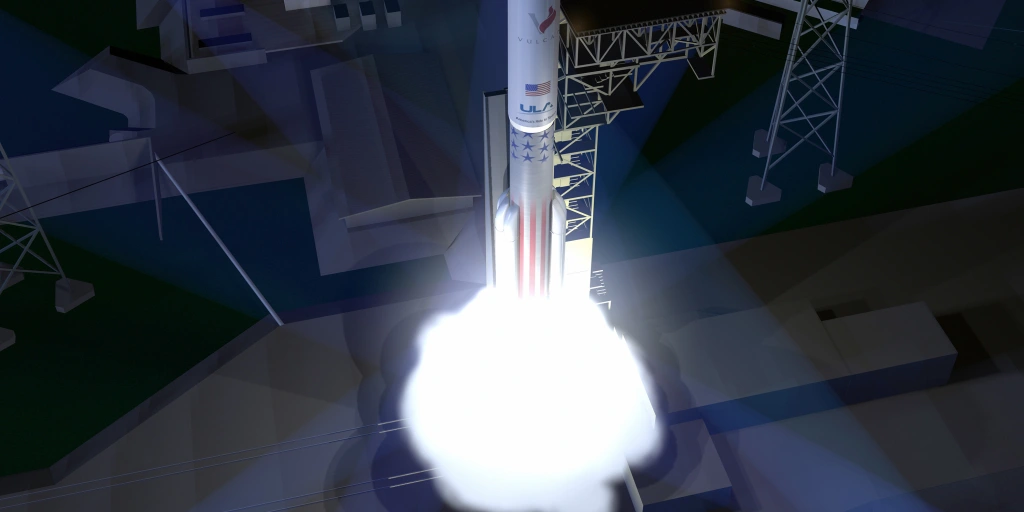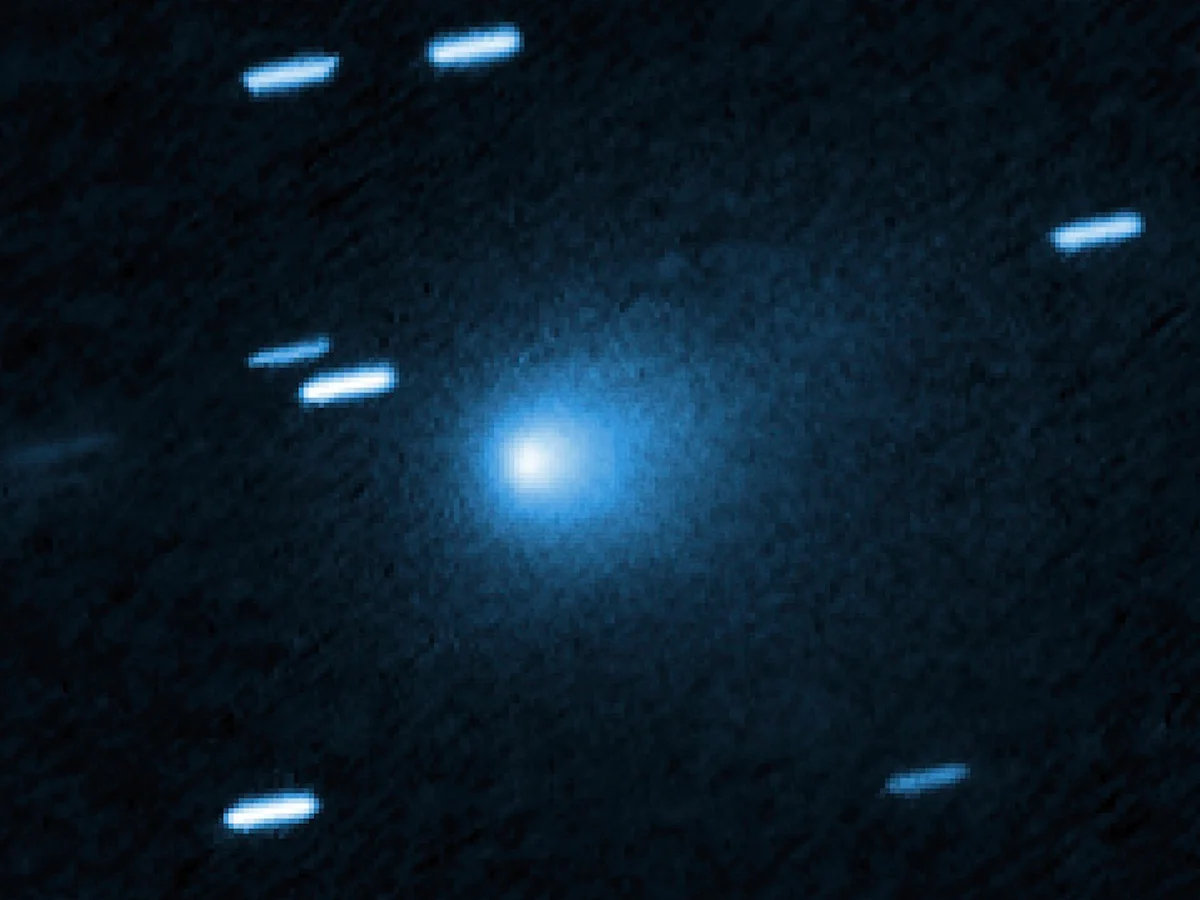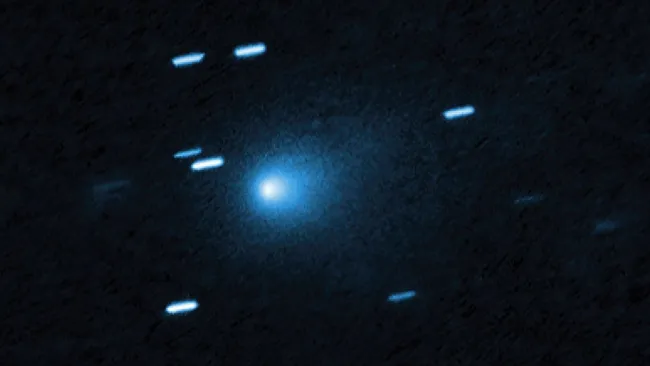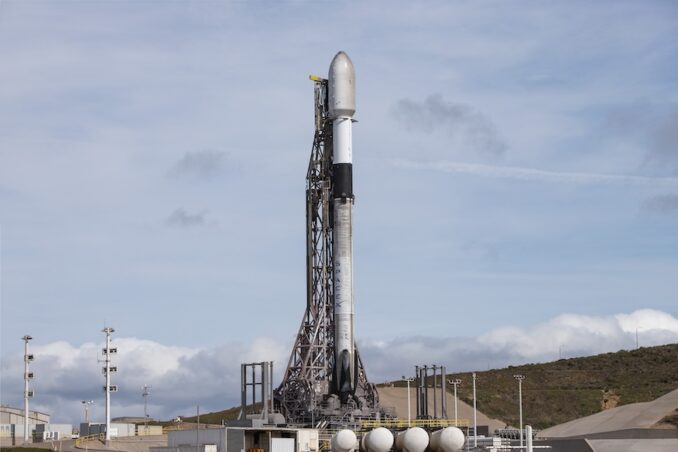United Launch Alliance (ULA) has completed its first fully operational mission with the Vulcan Centaur rocket, successfully delivering two national security payloads into geosynchronous orbit. The mission, designated USSF-106, marks Vulcan’s official debut as the U.S. Space Force’s newest workhorse for high-stakes orbital operations.
From Launch Pad to National Security Asset
The August 2025 mission carried an experimental navigation satellite, NTS-3, along with a classified military payload. Both were placed into precise, high-energy orbits, showcasing Vulcan’s advanced capability to handle complex national security launches. With this success, Vulcan now takes over many responsibilities once held by the retiring Atlas V and Delta IV rockets.
The Bigger Challenge Ahead
While the launch was a major milestone, the real test lies in sustaining this level of performance. The Space Force has already assigned Vulcan the majority of its future national security missions, which means ULA must deliver flawless reliability over dozens of launches in the coming years.
The company’s goal is ambitious—scaling up to around two launches per month by the end of 2025, and eventually reaching 20–25 missions annually by 2026. Maintaining consistent success at that pace will determine whether Vulcan cements its position as the go-to rocket for defense and commercial clients alike.
Engineering for Power and Flexibility
Vulcan is equipped with two BE-4 methane-fueled main engines, a Centaur V upper stage for high-energy deployments, and a modular booster system that can accommodate up to six solid rocket boosters. This flexibility allows it to carry a wide range of payload sizes and mission profiles.
A Potential Game-Changer
If ULA can meet its ambitious launch schedule while preserving its reliability record, Vulcan could redefine the U.S. launch market—offering a competitive, versatile, and domestically built option for both government and private missions. However, with the growing competition from SpaceX and other players, Vulcan’s early momentum will need to be matched by consistent, repeatable success.
















Leave a Reply